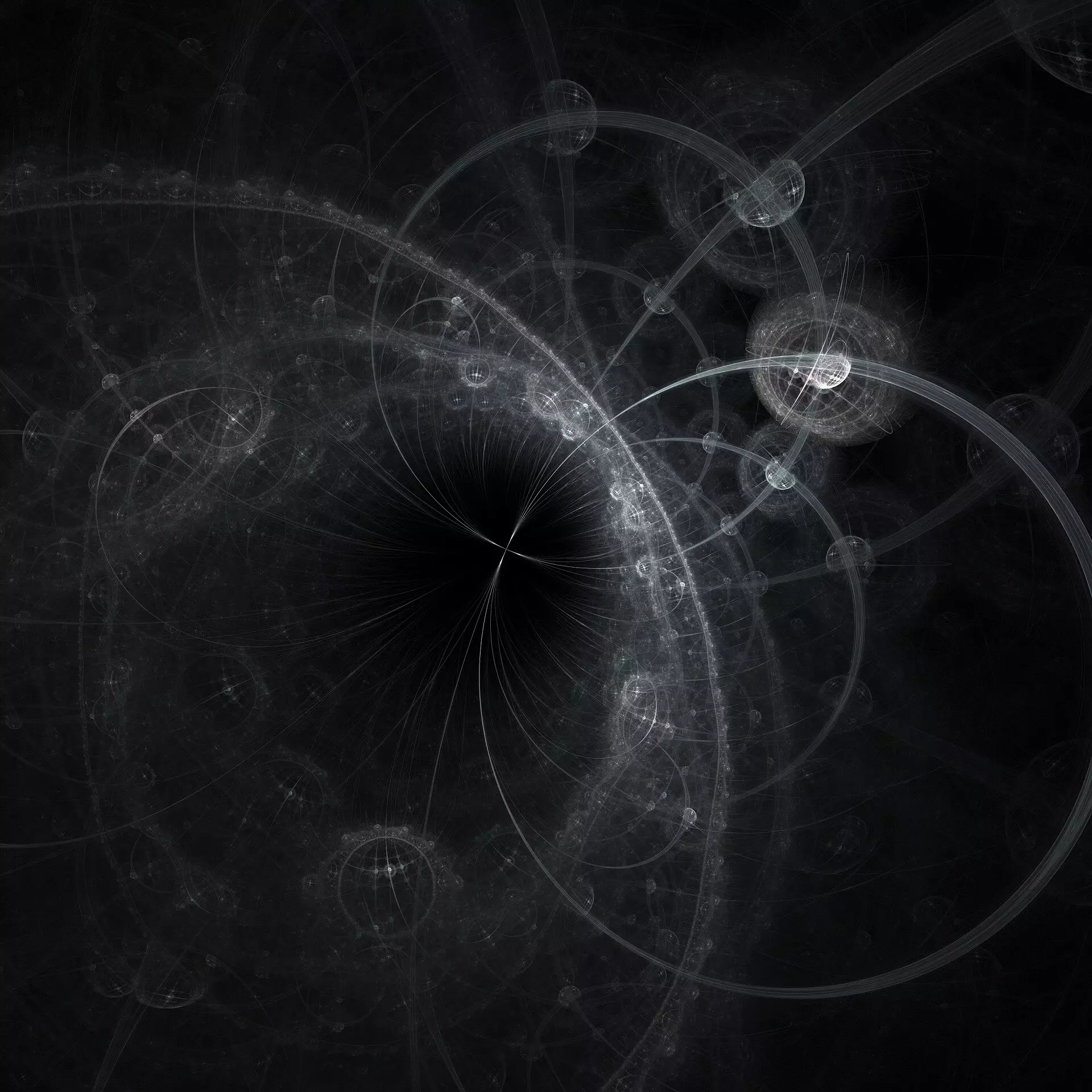Recent breakthroughs at CERN have illuminated a path for deeper exploration of the universe’s fundamental constituents, raising significant questions about the limits of the Standard Model of particle physics. The NA62 collaboration has made a groundbreaking discovery—an experimental observation of an ultra-rare decay process involving charged kaons, an event predicted to occur less than once in ten billion instances. This discovery taps into the interplay between essential particles and may reveal more about the conditions that govern interactions within the subatomic realm.
The specific decay in question involves a charged kaon transitioning to a charged pion alongside a neutrino-antineutrino pair (K+ → π+νν̄). This decay is seen as essential for probing potential physics laws beyond the established framework. Traditional models, including the Standard Model, face limitations, and new dimensions of understanding beckon. According to Professor Cristina Lazzeroni from the University of Birmingham, this particular decay has now reached what is known as the “discovery level” with a significant statistical threshold (commonly referred to as 5 sigma), which means the results are unlikely to be a fluke.
The importance of this discovery is underscored by its rarity. Each year, a colossal number of particles are produced in proton collisions at CERN—approaching a billion particles per second. Out of this vast assembly, approximately 6% are charged kaons, making the task of observing such elusive decay events a formidable challenge for researchers.
The NA62 experiment is the result of extensive collaboration, with contributions spanning over a decade. The team, which includes scientists from leading institutions, undertook rigorous upgrades to their experimental setup. Major enhancements between 2021 and 2022 included improved detectors and a 30% boost in beam intensity, allowing researchers to gather data at an unprecedented rate. Professor Giuseppe Ruggiero from the University of Florence emphasized that probing nature for phenomena with probabilities as rare as 10^-11 is a thrilling yet complex pursuit.
The collaboration is noteworthy not just for its scientific achievements but also for its approach to fostering emerging talent. According to Professor Evgueni Goudzovski, the team has prioritized mentorship and career opportunities for early-career researchers, cultivating a dynamic and innovative workplace. This initiative has led to the emergence of former Birmingham Ph.D. students now taking on pivotal roles within the project, further enriching the collaborative environment.
Why does the decay K+ → π+νν̄ hold such significance for physicists? The answer lies in its sensitivity to new physics phenomena that could be instrumental in understanding the universe. Current measurements suggest that about 13 in 100 billion kaons exhibit this decay, which aligns with Standard Model predictions but shows a 50% increase in frequency. This discrepancy prompts speculation regarding novel particles that might augment such decay probabilities, suggesting that our understanding of particle interactions may be incomplete or inaccurate.
Scientists are keen to establish whether this decay process is merely a statistic anomaly or if it hints at groundbreaking physics. The ongoing data collection efforts by the NA62 experiment are poised to either validate or refute these emerging theories over the next few years. Such a confirmation would brim with implications, potentially reshaping our understanding of the fundamental forces at play in nature.
CERN’s recent findings spotlight the audacity and curiosity driving modern physics. The observation of an ultra-rare decay mode not only marks a significant milestone for the NA62 collaboration but also serves as an invitation for scholars to probe deeper into the universe’s mysteries. As researchers continue to analyze the data, the scientific community remains poised with bated breath, eagerly awaiting what revelations may surface—where definitive answers may lead to both a profound understanding of the cosmos and possibly groundbreaking new theories that challenge or broaden existing paradigms. This moment in particle physics promises to be a stepping stone into uncharted territories, beckoning scholars and enthusiasts alike to embark on this remarkable quest for knowledge.


Leave a Reply